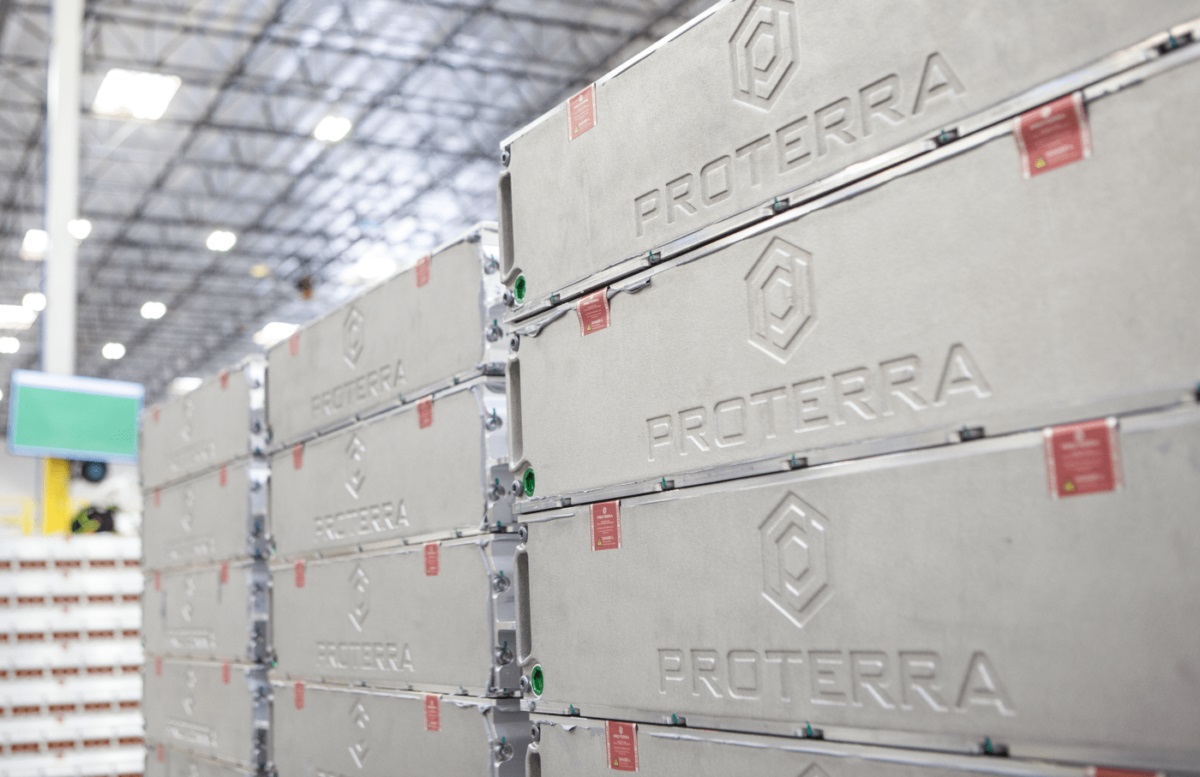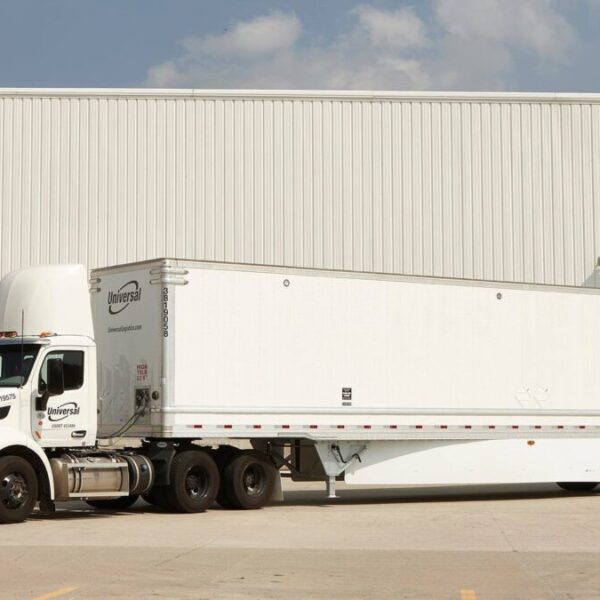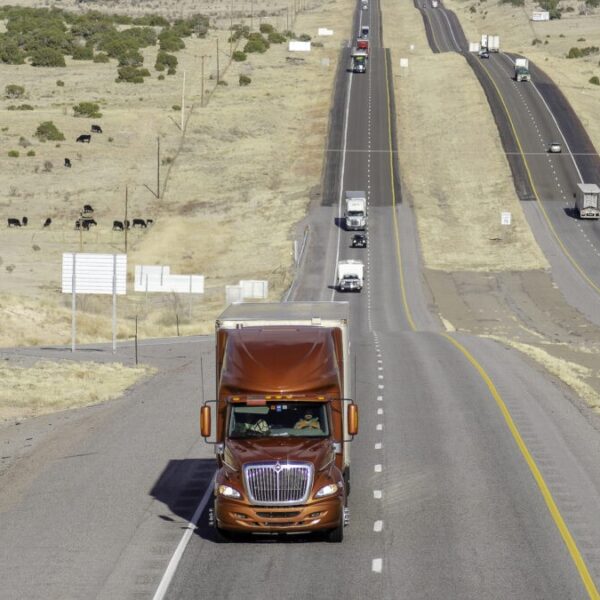After short-circuiting in 2023, battery and hydrogen fuel cell powered trucks look positioned to gain meaningful momentum this year thanks to new long-range models, expanding infrastructure, and incentives reshaped to stimulate wider adoption.
A critical mass of factors aligning portends an inflection point for the medium- and heavy-duty electric truck market. But further collaboration and investment are needed to electrify significant portions of the estimated 2 million commercial vehicles sold annually in North America.
Automakers Accelerate Past 200 Miles As Range Anxiety Persists
Legacy truck makers will debut next-gen electric models in 2024 offering up to 300-plus miles on a single charge – over double the range of some early offerings still plying American roads.
Mercedes, Volvo and others unveil advanced second-act trucks in Europe promising over 300 miles before refined designs transition across the pond. The hotly anticipated Tesla Semi commences limited production this year boasting a segment-leading 500 miles.
Startups also push the boundaries. Michigan’s Our Next Energy eyes 600-plus miles by adapting its dual-chemistry battery deployed in testing BMW SUVs. Inside sources suggest the company is quietly courting commercial partners.
But for all the gains, limited infrastructure and lengthy charging times remain adoption barriers.
“Increasing range alleviates range anxiety but doesn’t fully solve it when trucks can’t conveniently charge,” notes Brian Long, Director of Supply Chain Education at Penn State. “300-plus miles help make more routes possible but trucks routinely travel further.”
More Charging Stations Coming But Gaps Persist
Real estate titans like Prologis broke ground on high-capacity electric charging depots in 2023. But build-outs continue to lag vehicle production and adoption goals.
California estimates 157,000 commercial charging stations needed by 2030 to support the projected 180,000 electric trucks and buses. Current infrastructure stands to support a small fraction of that figure.
“Infrastructure is changing but not fast enough,” says Rachel Premack, FreightWaves editorial director. “Fleets aren’t going to buy trucks without reliable charging access even if the total cost of ownership makes sense.”
Prologis develops depots accommodating dozens of vehicles. Startups like WattEV open initial stations with plans to blanket key goods movement corridors. Greenlane forms to invest $650 million in key routes. Further coordination is needed to help blanket critical arteries.
Incentive Reshaping Aims to Stimulate Adoption
With federal tax credits stalled in political purgatory, California steers existing incentive funds toward smaller fleets to catalyze wider adoption.
The state’s voucher program will double discounts for sub-50 truck fleets and truck-as-a-service providers. Larger fleets only qualify for buying beyond future sales mandates.
“This smart policy pivot widens the buyer pool to jumpstart orders from cost-conscious independents that mega carriers increasingly rely on,” says Allen Schaeffer, executive director of the Diesel Technology Forum.
The reshaped incentives reward early actors while aiming to stimulate exponential growth. As California goes, so goes the nation – 10 states will adopt similar sales requirements for manufacturers in 2022.
Hydrogen Models Build Momentum As Infrastructure Sprouts
Nikola Motors leads the fuel cell pack as it fills fledgling California hydrogen pipelines and moves toward series production of its hydrogen-powered Tre FCEV chassis.
The company became an anchor tenant for FirstElement’s Oakland station while building its own network. Other legacy and startup players continue developing fuel cell drivetrains and scaling production.
Toyota builds cells in Kentucky for Kenworth and Peterbilt models launching next year. Daimler Trucks tests technology in Germany and the U.S. The Department of Energy’s hydrogen hub RFPs promise to slash fuel production costs.
Industry Eyes an Inflection Point
With swelling investment and interconnected initiatives gaining steam across the private and public spheres, industry observers eye 2024 as a potential inflection point.
“We see more committed players across the board compared to past hype cycles,” said Jigar Shah, Director of the DOE Loan Programs Office. “But further collaboration is essential to scale this market at the urgent speed imperative to hit society’s carbon neutrality goals.”
The forces align to suggest a long road laid with obstacles could accelerate with further public-private partnerships. Because transforming even 15% of the estimated 2 million trucks sold annually remains a tall order.
By leveraging their expertise and resources, Lading Logistics aims to provide efficient and reliable international shipping and logistics solutions for their clients.



